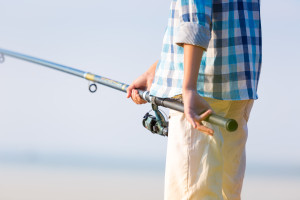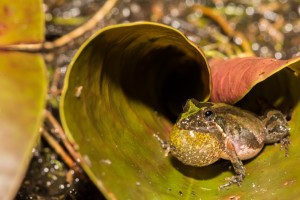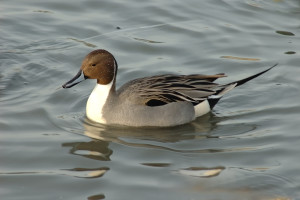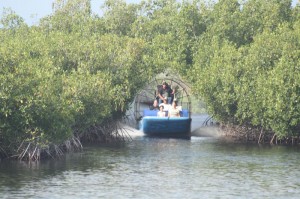 Being that the Everglades is one-third water, it is a great place to go fishing. In the Everglades, fisherman have the opportunity to fish for snapper, sea trout, bluegill, bass, red fish, and more. Saltwater and freshwater fishing are both available in the Everglades, but fisherman need to obtain separate Florida fishing licenses in order to fish in one or both. It is essential to pay attention to the state and federal fishing guidelines to avoid fines.
Being that the Everglades is one-third water, it is a great place to go fishing. In the Everglades, fisherman have the opportunity to fish for snapper, sea trout, bluegill, bass, red fish, and more. Saltwater and freshwater fishing are both available in the Everglades, but fisherman need to obtain separate Florida fishing licenses in order to fish in one or both. It is essential to pay attention to the state and federal fishing guidelines to avoid fines.
When it comes to freshwater fishing, you need a Florida freshwater fishing license. You cannot use live or dead fish, amphibians, or roe for bait. You cannot dig for bait inside the park. Fishing is not allowed at
the Ernest F. Coe (Main) Visitor Center lakes, Royal Palm Visitor Center area and trails, Chekika Lake, along the first 3 miles of the Main Park Road, including Taylor Slough, or along the Shark Valley Tram Road.
For saltwater fishing, you need a Florida saltwater fishing license. Bait, except for mullet and shrimp, is not included in bag limits. Saltwater bait allowed includes shrimp, minnows, pilchards, pinfish, mullet, mojarras (shad), or ballyhoo. Bait may be taken with hook and line, dip net (not wider than 3 feet / 0.9 m) and cast net. There is no fishing is allowed in Eco, Mrazek or Coot Bay Ponds, or from the boardwalk at West Lake, or at the Flamingo Marina during daylight hours.
With saltwater fishing, fisherman need to keep and eye out for manatees.
Fisherman are not allowed to take lobster or queen conch. You can take stone crabs during the open season and blue crabs can be taken using the proper attended gear like star traps, baited lines, landing nets, etc. You are limited to 5 traps per person. You can fish for shrimp by a dip net (not wider than 3 feet) or cast net – you cannot sell the shrimp.
It’s important to note high levels of mercury have bee found in the bass in the Everglades, so they should not be eaten. You should also not eat spotted seatrout, gafftopsail, catfish, bluefish, crevalle jack, or ladyfish more than once a week by adults or once a month by children or women of child-bearing age.
While fishing, it is prohibited to take plants, seahorses, starfish, conch, tropical fish, coral, sponges, sea shells, and driftwood (except for fuel).
Explore the Everglades on An Airboat
Fishing in the Everglades can be a blast, but make sure you follow the guidelines, which can be found here.
If fishing isn’t your thing, go on the water in a different way…an airboat.
You’ll make lots of memories on an airboat ride. To book an airboat tour, call Captain Mitch’s Airboat Tours at 800-368-0065 or click our Private Everglades Airboat Tours page.
 Seemingly endless amphibians live within the Everglades, including, unfortunately, some invasive species. The Everglades is the ideal habitat and breeding ground for amphibians considering there is so much water intertwined with land. Throughout the park, you can easily hear frogs and toads at any given time.
Seemingly endless amphibians live within the Everglades, including, unfortunately, some invasive species. The Everglades is the ideal habitat and breeding ground for amphibians considering there is so much water intertwined with land. Throughout the park, you can easily hear frogs and toads at any given time. The Everglades is known for its birdwatching. The region attracts all kinds of birds each year. In fact, more than 360 species of birds exist in the Park. For this article, we wanted to share some facts about the Northern Pintail, which is a type of duck.
The Everglades is known for its birdwatching. The region attracts all kinds of birds each year. In fact, more than 360 species of birds exist in the Park. For this article, we wanted to share some facts about the Northern Pintail, which is a type of duck. Bartram’s Scrub-Hairstreak is a federally-endangered butterfly native to the pine rockland habitat of south Florida. Here are some facts about this species of butterfly in the Park:
Bartram’s Scrub-Hairstreak is a federally-endangered butterfly native to the pine rockland habitat of south Florida. Here are some facts about this species of butterfly in the Park:





